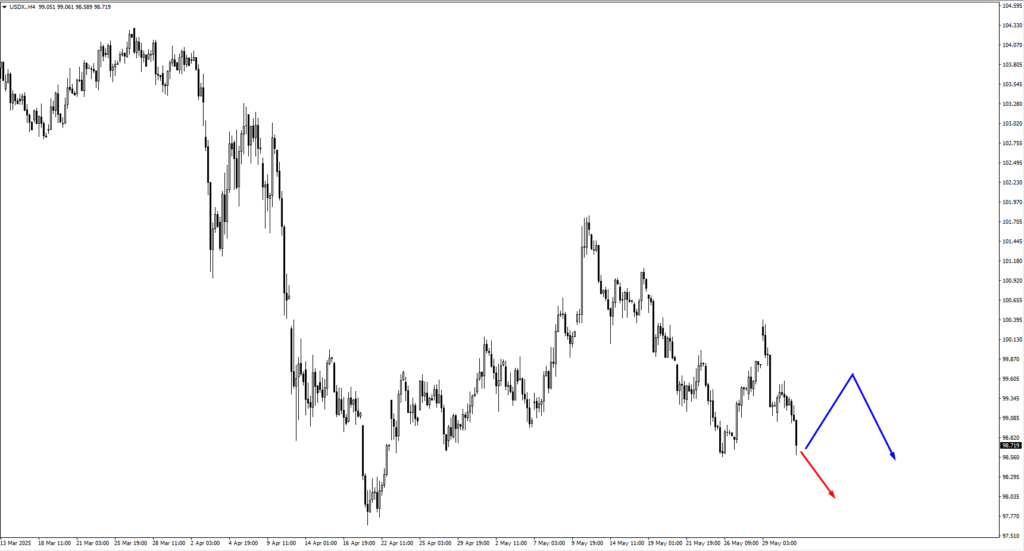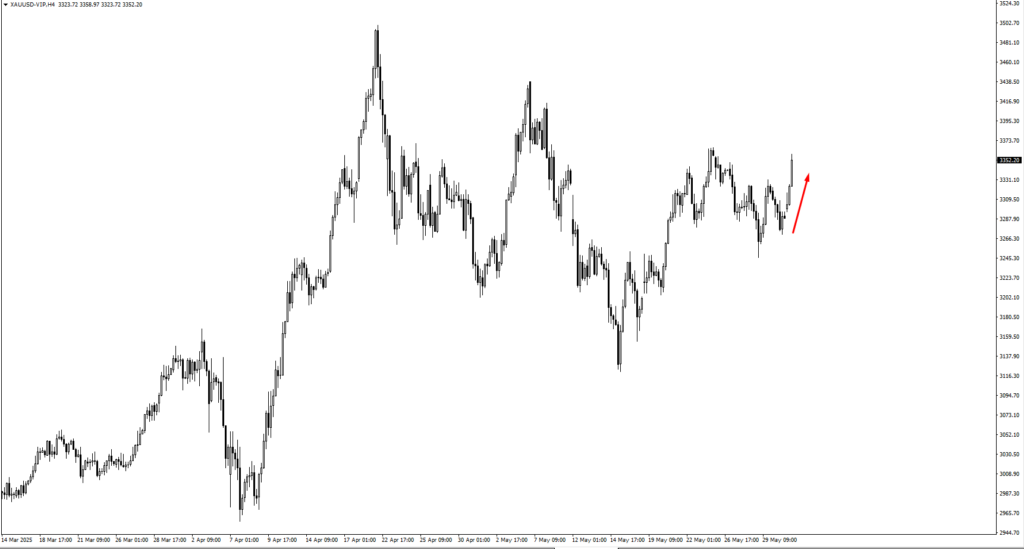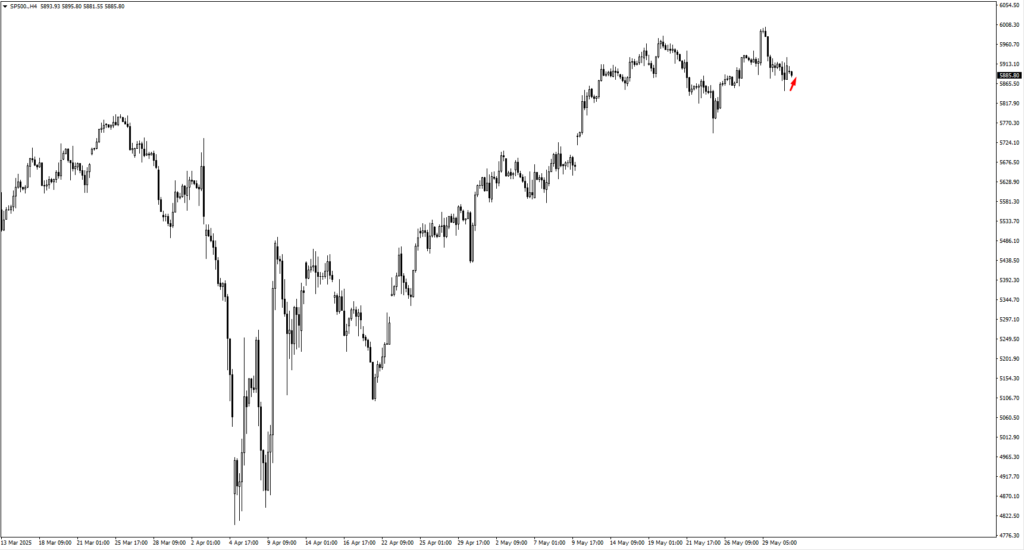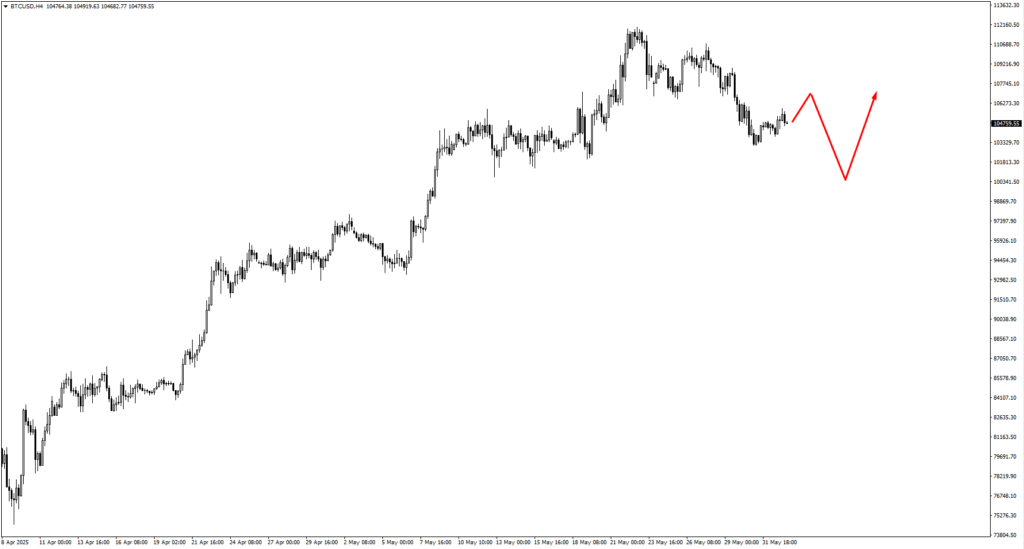
There’s no gunfire, but it’s still a war. The US-China trade dispute has once more reared its ugly head, bringing with it the tensions of trade sanctions, tech restrictions, and the ever-simmering heat that leaves markets sweating bullets.
The global economy is watching with wary eyes as the United States and China step into yet another round of economic sparring. Fresh tensions are emerging around core strategic sectors, including semiconductors, steel, aluminium, and the increasingly weaponised space of rare earth minerals. At first glance, this may appear like a familiar episode from a long-running global series. However, this chapter stands out with a distinct edge: an election cycle in the US, an emboldened China, and rising global inflationary pressures that turn every move into a high-stakes gamble.
The latest moves are deliberate. Washington has tightened its grip on advanced AI chip exports, directly curbing China’s access to bleeding-edge technology. Beijing, in response, is playing the retaliatory card, decrying these actions as discriminatory and invoking WTO rhetoric to rally diplomatic support. The situation escalated further when President Trump announced a tariff hike, doubling duties on global steel and aluminium imports to 50%, with China clearly in the crosshairs. He framed this as punishment for violating a Geneva trade accord, an accusation that Beijing denies but has yet to diplomatically defuse.
Markets don’t like uncertainty, and this week’s developments have traders scanning for signs of pattern repetition. Is this 2019 all over again? Possibly—but not quite. Back then, markets panicked, then rallied on whispers of détente, culminating in the so-called Phase One agreement. That truce gave markets room to breathe and allowed both countries to save face without conceding core positions. The setup today carries some of the same elements. Trump’s hawkish tone is underpinned by a political backdrop that rewards confrontation. China, meanwhile, has grown more resolute, leaning heavily into its self-sufficiency campaign, especially in semiconductors and energy.
Yet despite the fierce rhetoric, both sides appear keenly aware of the economic pain that a full-scale decoupling could unleash. Tariffs on rare earths could grind US automaker production lines to a halt. AI chip restrictions mean Nvidia could lose billions in Chinese revenue. Beijing, for all its advancements, still relies heavily on imported high-performance tech to fuel its AI ambitions. On both sides, disruption is a foregone conclusion—but mutual destruction is still off the table.
Key Movements This Week
Markets are likely to remain volatile in the short term, especially across commodities, technology stocks, and safe havens like gold. Risk appetite may be reined in as investors price in higher uncertainty premiums.

The US Dollar Index (USDX) continues its drift lower, testing the 99.80 region before fading slightly. If the price consolidates at this level again, traders should monitor for bearish setups targeting the next leg down toward 99.15. A breach below 98.80, followed by structure around 98.00, could pave the way for a new yearly low. However, any hawkish shift in Powell’s upcoming remarks could stall this bearish pressure temporarily.
In contrast, EUR/USD bounced cleanly from the 1.1390 zone late last week, reclaiming upside structure. If the pair consolidates above 1.1360, it sets up for a fresh bullish run. Markets remain sensitive to Thursday’s ECB rate decision, where a cut to 2.15% from 2.40% is anticipated. A dovish tone may cap further gains in the euro, despite technical strength.
GBP/USD also extended higher after consolidating near 1.3500. Should it range near 1.3485 again this week, traders can expect bullish continuation, possibly revisiting highs around 1.3600. Political risk from UK inflation pressures could muddy this path, especially as CPI prints loom.
The USD/JPY pair reversed lower, hovering near 142.60. If consolidation forms near this support, watch for further downside towards 141.00. Bearish setups gain traction especially if BOJ Governor Ueda signals further hawkishness in his Tuesday remarks. Upside resistance now stands near 143.85.
USD/CHF remains soft. A minor retracement might retest the 0.8220 zone, which is now a key level for bearish re-entry. With risk sentiment shifting rapidly, the franc’s safe-haven status could gain appeal if trade disputes deepen.

AUD/USD showed strength after testing the swing low last week. If price consolidates near 0.6455, buyers may re-enter with eyes on 0.6530. A deeper retracement to 0.6370 would still present a bullish re-entry point, especially with the Australian GDP release due midweek forecasted at just 0.40% q/q versus 0.60% prior.
NZD/USD mimicked the Aussie’s path, trading higher. If price stalls near 0.6000, bullish setups can resume, otherwise 0.5970 acts as deeper support. Kiwi traders will track China’s next move closely, given trade interdependencies.
USD/CAD dropped further with limited retracement, indicating strong loonie strength—likely supported by oil prices. If the pair consolidates near 1.3780, bears could target 1.3660 next. Canada’s own rate decision on Wednesday, forecasted at 2.50% (down from 2.75%), could halt this move if the central bank softens its tone.

Gold (XAU/USD) surged past $3325.45 before pulling back modestly. If price consolidates near 3310, bullish continuation toward 3365.74 becomes a likely outcome. Given geopolitical tensions and weak US data prints, gold remains a key hedge play this week.
WTI Crude (USOIL) is moving in a broader consolidation pattern. If price breaks $63.327, traders should be alert for a drop before a volatile upswing. Energy markets are particularly exposed to trade disruptions and would react strongly to any real sanction developments.

S&P 500 (SP500) bounced from the 5850 level. If the index breaks 5928.30, it could unlock bullish extension toward 5980. If it loses steam and posts a swing low, expect a retest of 5685. Investors are watching Powell closely—hawkish surprises could undercut current momentum.

Bitcoin (BTCUSD) is forming a classic consolidation pattern. If bearish price action appears near 107490, a slide toward 99660 or even 97300 could follow. The crypto market remains volatile, vulnerable to macro headlines and shifts in liquidity sentiment.
Silver (XAG/USD) rebounded after testing support. If price stalls again near 33.05, bulls may step back in. A pullback to 32.25 offers another buying zone. A confirmed break above 33.683 would likely trigger tests of 33.80, a key structural pivot.
Ethereum (ETHUSD) traded lower, and if price drops to 2415 or 2215, those levels may trigger long interest. Crypto assets are tracking risk sentiment closely, and as equities teeter, traders may seek opportunity in volatility-driven setups here.
Across all assets, the pattern this week is clear: markets are sensitive, but not panicked. Price actions are drifting toward key zones—areas where any shift in central bank tone, economic print, or cross-border headline could trigger sharp reactions. Traders should treat these levels as battlegrounds, not certainties. Watch for consolidation first, then confirmation. The structure matters now more than ever.
Key Events of the Week
On Monday, June 2, the markets opened with a lukewarm release: the US ISM Manufacturing PMI landed at 49.3, a touch higher than the previous 48.7 but still well under the expansion line. Manufacturing remains in contraction territory, and while the slight improvement hinted at possible stabilisation, it wasn’t enough to move the needle on sentiment.
Tuesday, June 3, brings the heavyweights. Jerome Powell steps up to the mic, and while no one expects fireworks, markets are hungry for nuance. If Powell sticks to his careful, data-watching stance, price action should stay within existing structure. But even a hint that the Fed might push rate cuts further down the road could jolt the dollar out of its holding pattern. On the other side of the Pacific, Bank of Japan Governor Ueda is due to speak as well. Rounding out the day, the US JOLTS job openings report is due, with the previous figure at 7.19 million. A sharp drop might stir up talk of a softening labour market and bring rate cut bets back into focus. But if the number holds steady, the Fed’s timeline likely stays right where it is.
Wednesday, June 4, turns the focus to the Southern Hemisphere. Australia’s quarterly GDP is forecast to slip to 0.40% from 0.60%, a clear signal that growth is losing steam. Meanwhile, Canada steps into the spotlight with its rate decision. A cut from 2.75% to 2.50% is expected. If the Bank of Canada layers on dovish guidance, USDCAD could stall or bounce briefly before resuming its larger downtrend. Oil will likely play backup dancer to this move—if crude stays strong, the loonie should hold its ground.
On Thursday, June 5, the European Central Bank takes the stage. The market expects the ECB to trim its main refinancing rate from 2.40% to 2.15%, and that cut has been telegraphed for weeks. The real focus will be on tone. If Christine Lagarde hints that this is a one-and-done or part of a slow unwind, the euro might hold or even climb—especially if EUR/USD consolidates above 1.1360. But if the ECB leans too far into easing, that structure could quickly give way. Traders should be nimble here. A single phrase can flip sentiment.
Friday, June 6, wraps the week with the US Non-Farm Payrolls report. The forecast? 130,000 jobs added, a steep step down from the previous 177,000. The unemployment rate is expected to stay flat at 4.2%. It’s the kind of setup that keeps markets twitchy. A weak print could hammer the dollar and light a fire under gold and equities. But a strong number, especially with firm wage growth, would reinforce the Fed’s patience and likely send yields and the greenback higher.









